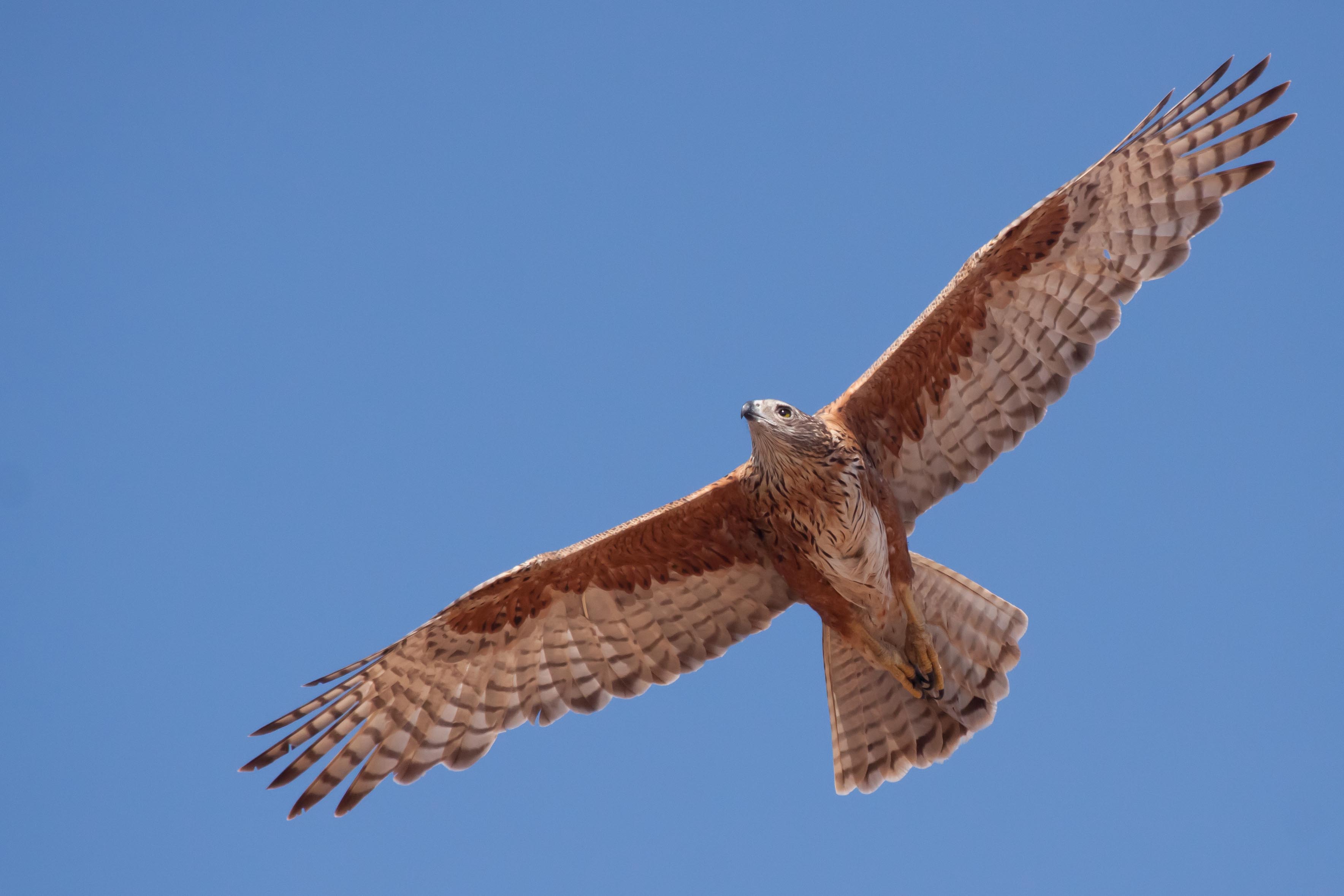 There are 200 species of fauna in Australia on the brink of extinction.
There are 200 species of fauna in Australia on the brink of extinction.
Since the arrival of European settlement, much of Australia’s unique wildlife has suffered serious decline. In some cases, the cause is well-known. Habitat loss and invasive species are two of the most common and severe threats.
Knowing this is critical to native species survival. The better we understand the dangers, the better conservation efforts can be designed to protect them.
Sometimes, though, we simply don’t know why a species is declining and, until we do, there is little chance of effective conservation. Research to gain this critical knowledge is imperative. Without it, we risk losing more precious, native species.
A group of passionate conservationists in UQ’s School of the Environment is leading the charge to fill this knowledge gap.
RARES (Research and Recovery of Endangered Species) is the premier applied conservation group in Australia and it is actively researching poorly understood threatened species that urgently need conservation attention.
For James Watson, Professor of Conservation Science at UQ and RARES group leader, the motivation for this work has come from seeing many of the places and animals he loved as a child completely altered or lost.
Working collaboratively with partners such as Bush Heritage Australia, the Australian Wildlife Conservancy and Indigenous ranger groups, RARES investigates how little-known endangered species interact with their environment and threats to their survival. Armed with this knowledge, practical conservation strategies are developed, implemented and assessed to improve the conservation status.
The story of the Night Parrot
About a decade ago, one of Australia’s most endangered and enigmatic birds, the Night Parrot, seemingly came back from extinction.
In 2015, in southwestern Queensland, RARES group member and ornithologist Steve Murphy captured and photographed the bird for the first time in over a century - an achievement likened to ‘finding the holy grail’.
Concerted conservation efforts have been underway since then to protect the nocturnal bird, with three RARES group members on the Night Parrot Recovery Team.
Feral cats are thought to be a major cause of decline in Night Parrot numbers. By investigating their ecology and behaviour and learning how and where feral cats move through landscapes shared with the parrots, researchers have been able to employ targeted conservation efforts, such as trapping, far more effectively.
How do we know which species need protection most urgently?
It’s a vicious circle. The species we know least about are the ones most at risk of disappearing without anyone realising…because we know so little about them.
Identification is a critical first step. Citizen science, where members of the public collect and share field data, has been an invaluable tool in finding several at-risk bird species in Australia.
In a recent study, the RARES team analysed more than 50 million records of bird sightings on mainland Australia shared by volunteers. Some 581 species were identified, with five raising serious concerns for researchers due to very low sighting rates.
The race is now on to save these beautiful birds, among many others, from extinction: Coxen’s Fig Parrot (Cyclopsitta coxeni), the Letter-winged Kite (Elanus scriptus), the Night Parrot (Pezoporus occidentalis), the Buff-breasted Buttonquail (Turnix olivii) and the Red-chested Buttonquail (Turnix pyrrhothorax).
Much more research is needed
Funding available for conservation efforts is dwindling even as the numbers of threatened species increase.
We know that evidence-based activities are our best chance of conserving threatened species. We don’t have the luxury of having a few goes, in terms of time and resources, to see what works. We need knowledge behind our effort. We need experts doing the research and developing in-depth understanding of the ecology of particular species, as well as the ecology of their threats.
RARES is the only group in Australia doing this kind of research and has a strong track record of success. Giving to RARES not only supports critical research and conservation work, but provides invaluable learning opportunities for PhDs and postdoctoral researchers – the next generation of leaders in this field.
And, if you missed James Watson’s fantastic BrisScience talk on finding and conserving Australia’s most elusive birds earlier this year, you can watch it here.



